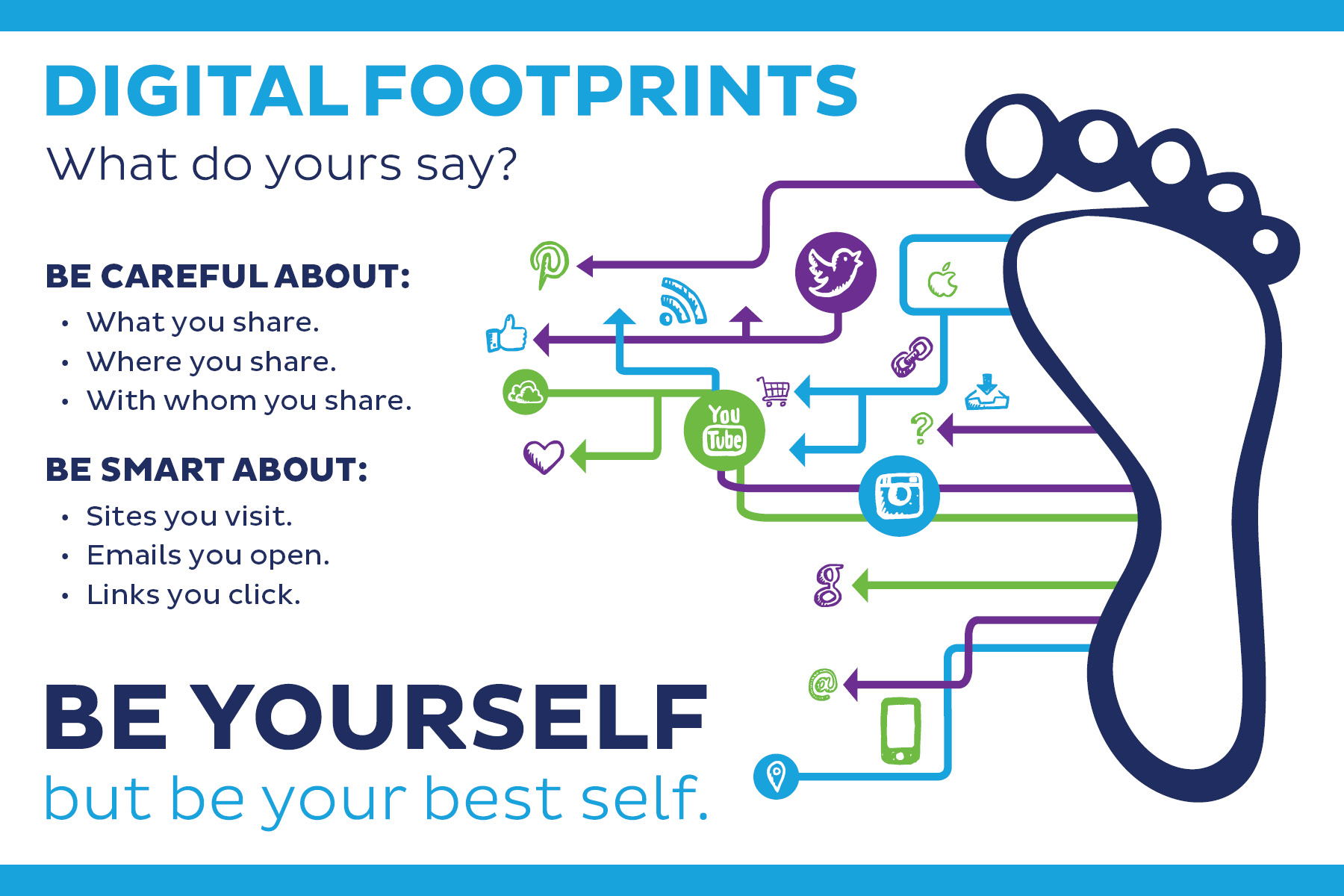And this also leads to my final point. There is a matter of trust when it comes to Sony and the PlayStation platform. They recently killed off Home, ended support for the YouTube app (though YouTube is still usable via the web browser) and Maps on the Vita. Also just this week, it was announced that the Facebook app and its associated functionality for the Vita, PS TV, and PS3 would be terminated effective January 2016 (the app has already been removed from the PS Store).
The point is the removal of functionality and discontinuing services they’ve sunk money into. I can see PS Now having this same fate in the future (even though they’ve sunk a huge amount of capital into it) if it does not generate the kind of recurring revenue they’ve forecasted it to have internally. This is why I believe it will be a huge mistake if Sony doesn’t take an extend and embrace approach when it comes to PS4 remote play on iOS and Android. I can see them having issues with going that far with Windows 10 since they are in direct competition in the console space with the Xbox One.



